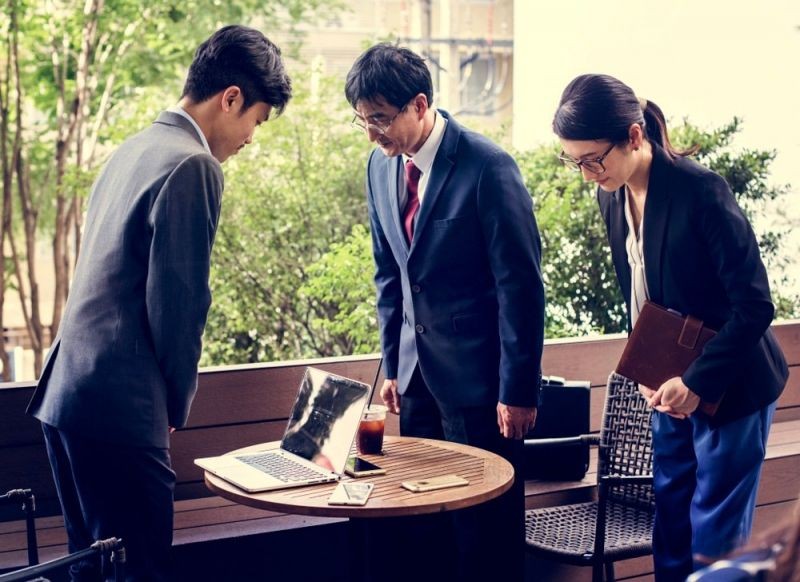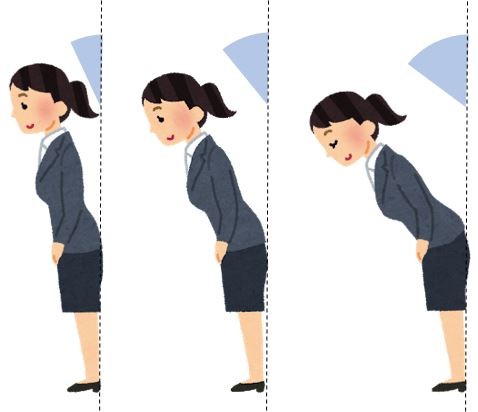How to Greet Someone from Japan - Shortest Guide

Quick view
How to Greet Someone from Japan
In Japan, greetings are often marked by bowing, a unique practice that reflects respect and hierarchy. The depth of a bow can vary from a small nod of the head to a deep bend at the waist. A deeper bow signals more respect, while a small nod is casual and informal. In traditional settings, like on tatami floors, people get on their knees to bow deeply. Although bowing is the traditional greeting, shaking hands is becoming more common, especially in international business situations. Still, most Japanese don’t expect foreigners to be familiar with the bowing rules— a simple nod or smile is typically enough.
Understanding the Greeting Customs
Bowing is not just used for greetings; it’s also a way to express gratitude, make requests, or apologize. In shops and restaurants, customers are greeted with “irasshaimase,” which means "welcome" or "please come in." While no response is needed, a smile or a head nod can show acknowledgment. At formal business meetings, business cards are exchanged as part of the introduction, reflecting respect and professionalism. Though handshakes aren’t common, they are increasingly seen in business contexts, especially when engaging with international counterparts.

Japanese people bow to greet each other
Adapting to Japanese Greetings as a Foreigner
As a foreigner, there’s no need to worry about perfecting the art of bowing right away. A simple gesture like a head nod or smile is often sufficient to show respect. The Japanese appreciate any effort to engage with their cultural norms, so take it one step at a time and gradually incorporate more formal greetings as you become comfortable. Acknowledging the cultural differences and embracing them will foster deeper connections and respect in your interactions.
How to Master Japanese Greetings for Living, Traveling, or Impressing a Business Partner
If you're planning to live in Japan, travel, or aim to impress a Japanese business partner, learning the nuances of Japanese greetings is essential. Here’s how to approach greetings more deeply and respectfully:
- Formal Bowing for Professional Settings: In business or formal situations, a deeper bow conveys respect. This is especially important when meeting someone for the first time, during meetings, or in traditional settings. For business professionals, exchanging business cards with both hands and taking a moment to read the card before placing it in a case is a common practice.

Bow in different angles to greet in Japan
- Polite Language: When addressing people, especially those in higher positions or older individuals, use polite expressions like “Hajimemashite” (Nice to meet you) and “Yoroshiku onegaishimasu” (Please take care of me, often used in business). This shows you are aware of the cultural norms.
- Greetings in Everyday Situations: If you’re living in Japan or traveling, you'll hear “Konnichiwa” (Good afternoon) or “Ohayou gozaimasu” (Good morning, formal) frequently. It's also common to use “Arigatou gozaimasu” (Thank you) and “Sumimasen” (Excuse me, sorry) in daily life to show appreciation and humility.
By incorporating these deeper greetings, you can leave a lasting impression on both social and business interactions. Whether it’s to respect a host, impress a colleague, or simply make a good impression, understanding these cultural nuances will help you build strong relationships and navigate Japan with ease.
Related post

Japanese Family Vocabulary – Essential Words & Usage
.jpg)






